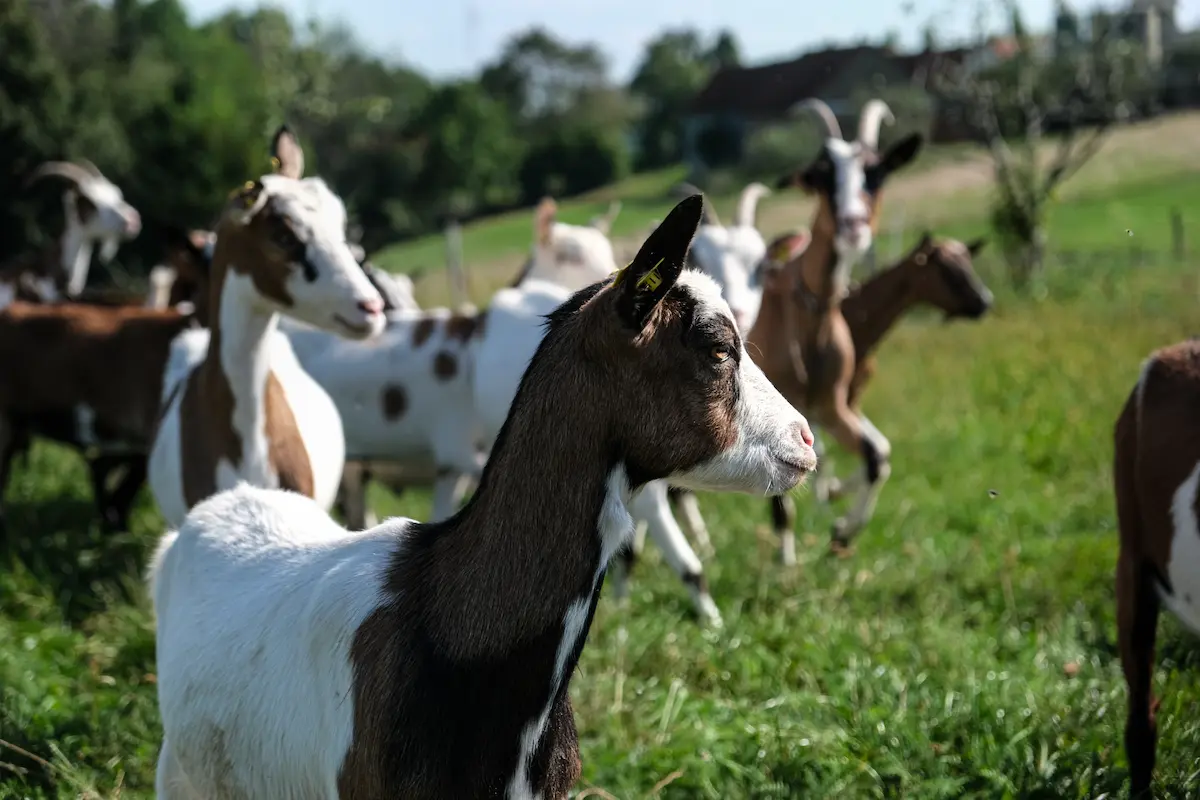Efforts to increase biodiversity in Styria are not limited to species in the wild, but are also aimed at preserving the diversity of cultivated plant varieties and livestock species typical of the region. Many genetic treasures can still be found in the gardens, fields and pastures of the Vulkan- und Thermenland region, whose special characteristics have recently been recognised by consumers and the catering trade. Regional producers are also increasingly honouring the processed products of these rarities. Typical regional varieties and breeds that are experiencing a renaissance include:
The Styrian Maschanzker apple
The Styrian Maschanzker is an old apple variety that used to be highly prized but was later increasingly forgotten. The first description can be found in 1877 in the ‘Pomologische Monatshefte’ under the name Steirischer Winterborsdorfer, a name that is still occasionally used today alongside Eisapfel. The spelling ‘Maschansker’, i.e. with ‘s’ instead of ‘z’, is also quite common. However, the variety probably originated before 1800, spread beyond the original growing region and was traded relatively frequently until around 1960.
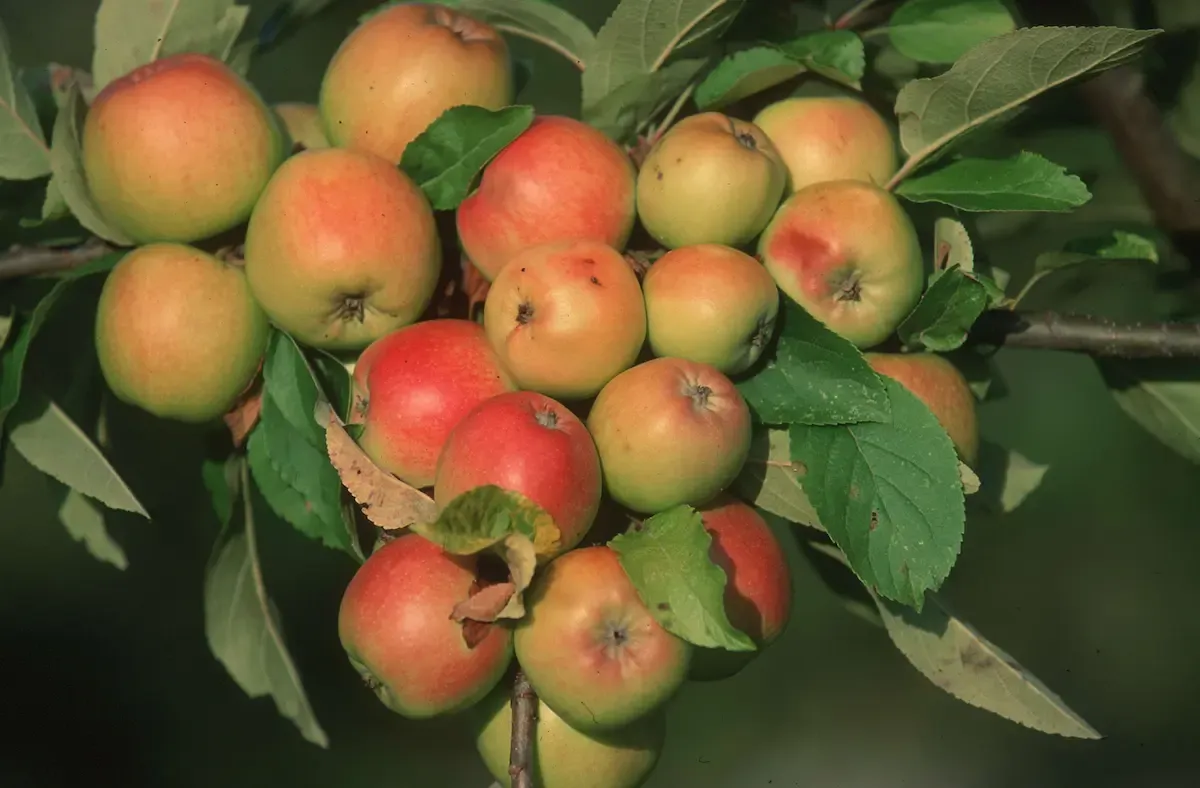
The vitamin-rich winter apple is ready to harvest from the end of October and comes in three different fruit shapes: tall, wide and small-fruited. All have a smooth, matt-glossy skin that is straw to light golden yellow when ripe and slightly reddened on the sunny side. The yellowish-white flesh is firm, quite juicy and pleasantly sweet and flavoursome. The Styrian Maschanzker with its typical flavour is well suited as a dessert apple, for making juices, compotes and brandies, but also for cooking and baking.
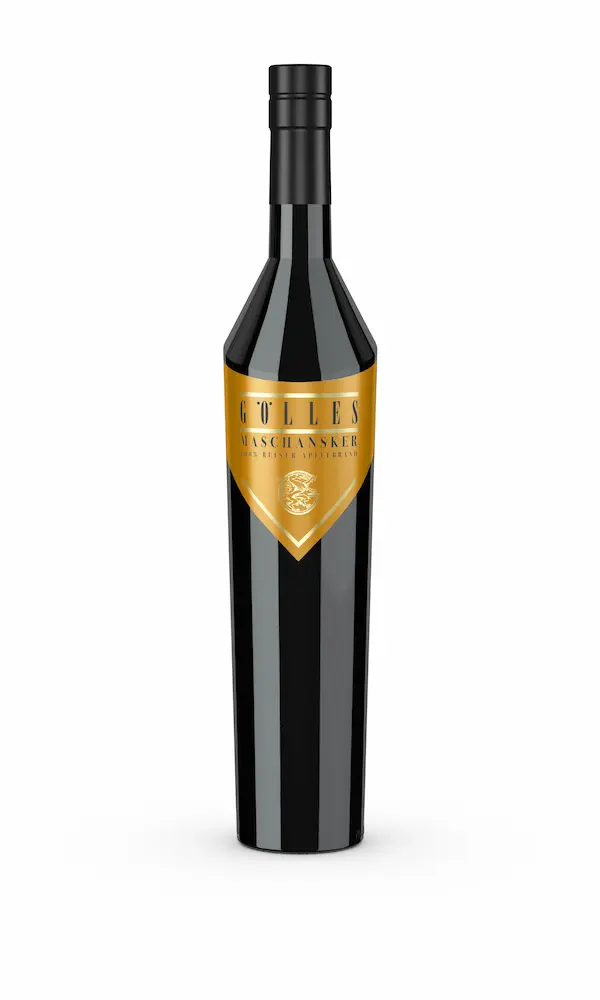
Rare chicken breeds: Sulmtaler and Altsteirer
The Sulmtaler chicken, a poultry breed from the south of Styria, once achieved high culinary honours beyond the borders of Austria - at court. This is why it is also known as the ‘imperial chicken’, as the capons in particular - castrated, fattened Sulmtal roosters - were prized as a special delicacy in the royal and imperial houses of Europe in the 19th century. After the world wars, the Sulmtaler suffered the fate of many regional breeds, whose rapid decline eventually brought them to the brink of extinction. As a typical dual-purpose chicken, which was kept for its meat as well as its eggs, it could not keep up with the specialised breeds. By comparison, it takes almost six times as long to raise a free-range Sulmtal chicken to slaughter maturity as it does for hybrid ‘turbo chickens’ from industrial fattening farms. In addition, the castration of males is now prohibited, meaning that no more meat from the particularly tasty capons can be marketed.
The hardy, weather-hardy Sulmtaler hens are mostly wheat-coloured, but white birds are also found. A striking feature of this breed is the upright comb and the ‘teasing’ feather mop of the hens. The cocks have a golden-brown neck, a chestnut-brown back and green feathers on the rest of the body.
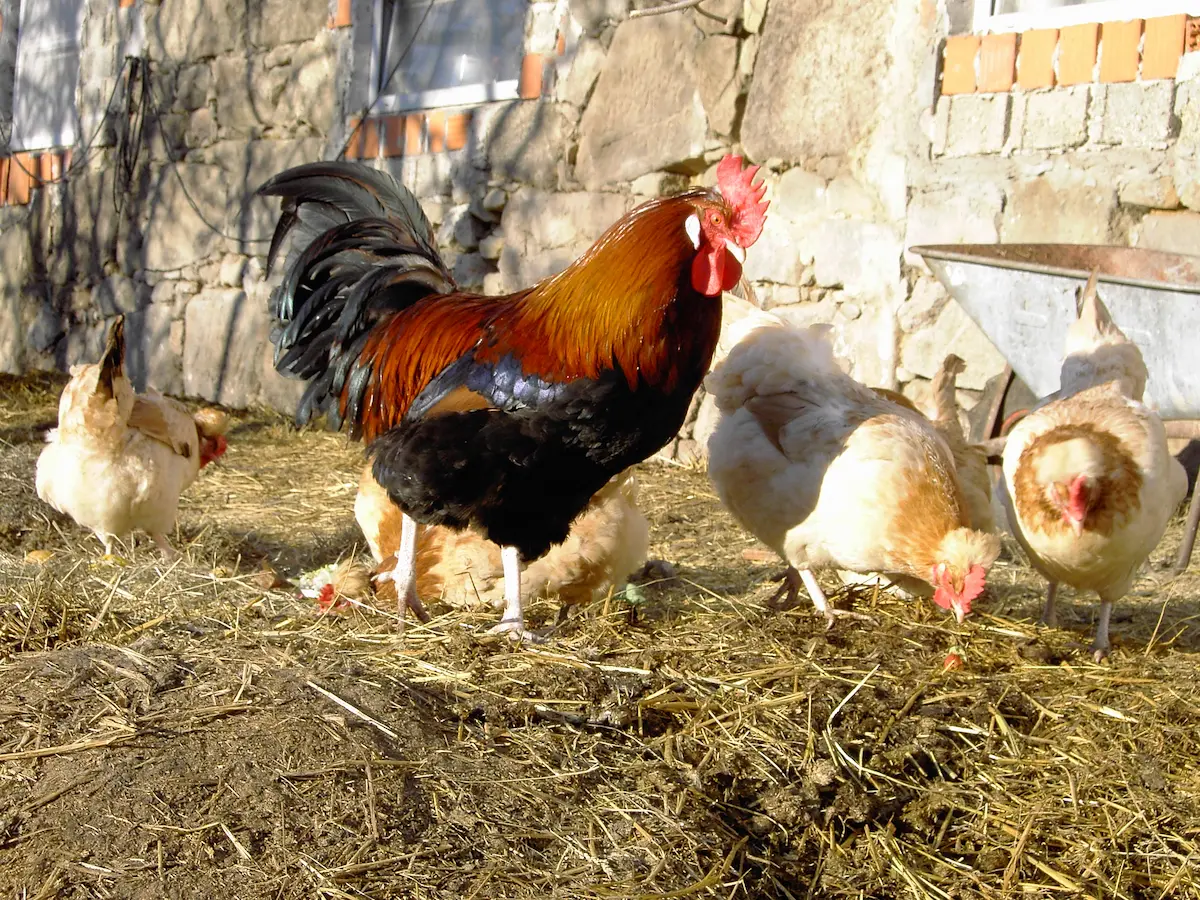
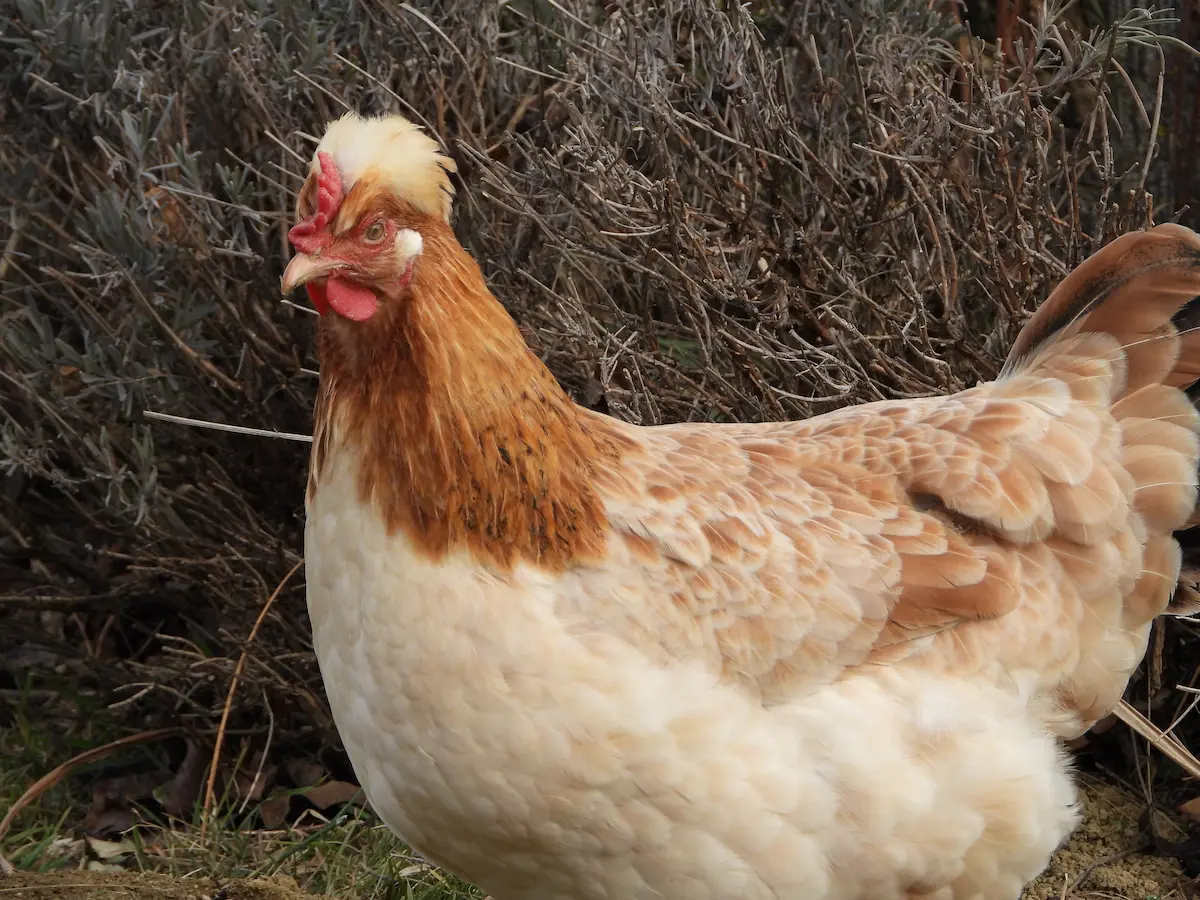
It is thanks to a few dedicated breeders and the upmarket Styrian gastronomy, which is once again using this regional meat speciality for its strong flavour and tender texture, that the Sulmtaler is increasingly being bred again today. Also to help a national dish of southern Styria, the fried chicken, reach new culinary heights.
The Altsteirerhühner is a very old, extremely robust breed of country chicken, which was also kept as a typical ‘Zwiehuhn’. Historical illustrations of ancestors of this chicken date back to the 13th century. At that time it was still called the Styrian chicken, as it was a common breed in the Styrian region. Over the centuries, today's Old Styrian chicken developed from these various breeds of country chicken, some of which, like the Sulmtaler, wore feathered caps. In the past, the Altsteirer came in six different colours, today there are only two varieties, namely white and wild brown. The white colour is much rarer and therefore these animals in particular are classified as endangered. The breed requires a well-structured habitat with extensive meadow areas, hedges, bushes and (fruit) trees for foraging and cover, sand and gravel areas for sand bathing and sunny embankments in order to thrive. They like to be outside all year round - even in winter. To avoid danger, they can fly far - often over a hundred metres - and even land on the roofs of houses.
The Carniolan Stone Sheep
Originally only found in the Alpine region, the Steinschaf is one of the oldest breeds of sheep. In addition to the Alpine Stone Sheep, there are four independent regional breeds, namely the Bavarian, the Tyrolean, the Montafon in Vorarlberg and the Carniolan Stone Sheep, which was originally kept in the Julian Alps in the tri-border region of Carinthia, Slovenia and Friuli. The largest herd in Austria is now found in Styria with 18 farms, particularly in the Vulkan- und Thermenland region.
The Carniolan Steinschaf is medium-sized, with a straight nose profile and short horizontal ears. The coarse mixed wool is predominantly white and black-brown, grey and piebald colourings are rarer. The face and legs are not woolly, but the tail must be woolly. The animals are predominantly hornless, with only around 10 per cent of sheep and rams having horns.
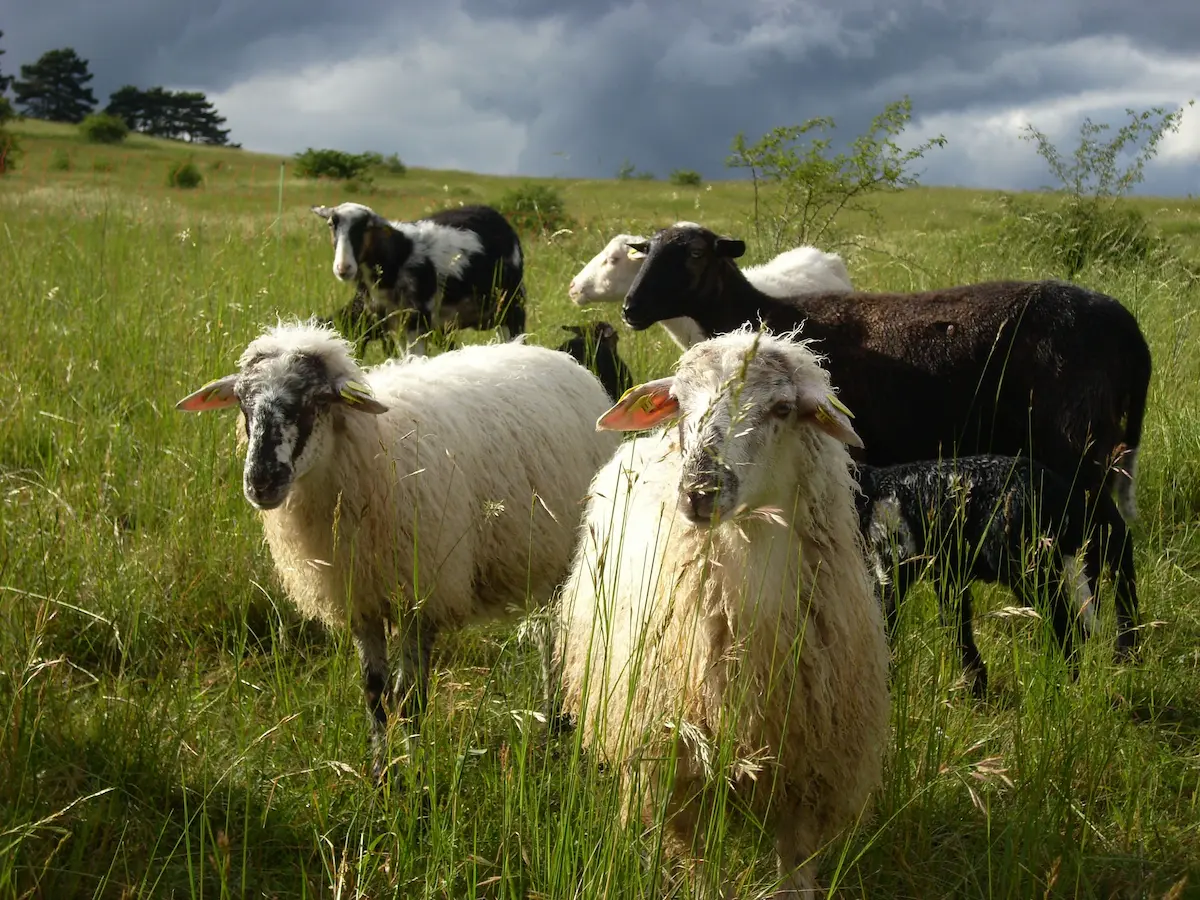
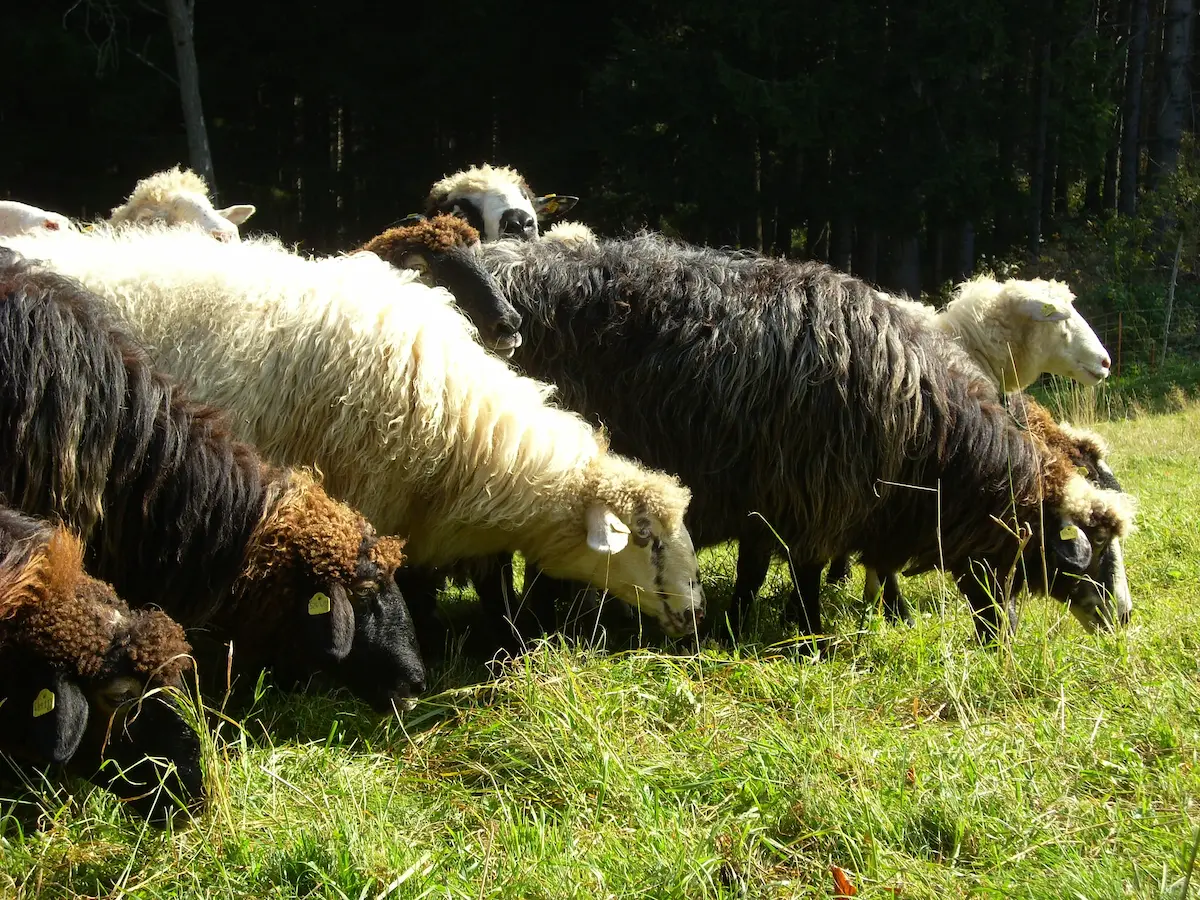
In earlier times, the wool was used to cover household needs on farms and to produce hard-wearing loden; less frequently, milk was obtained for cheese production. The fine-fibred, low-fat meat is of high quality, has a subtle, delicately spicy flavour and has a high proportion of polyunsaturated fatty acids due to the high-quality grass and hay feed and slow growth.
The Carniolan Steinschaf was accepted by Slow Food International as a ‘passenger’ in the ‘Ark of Flavour’. Most herdbook animals of the Krainer Steinschaf are bred by organic farms in Styria.
The Styrian piebald goat
The south of Styria is home to a striking and beautiful breed, the Styrian piebald goat. It is a typical autochthonous farm animal of mountain and hilly landscapes, which was bred from various breeds in the region. At the end of the 1990s, the colourful animals were finally recognised as an independent breed.
The Styrian piebald goat is bred as a 3-coloured breed in brown-black-white or 2-coloured in black-white or brown-white. The tri-coloured ones have a lighter brown than the alpine Tauernschecken goats from the Salzburg region. The head is usually a continuous pale colour.
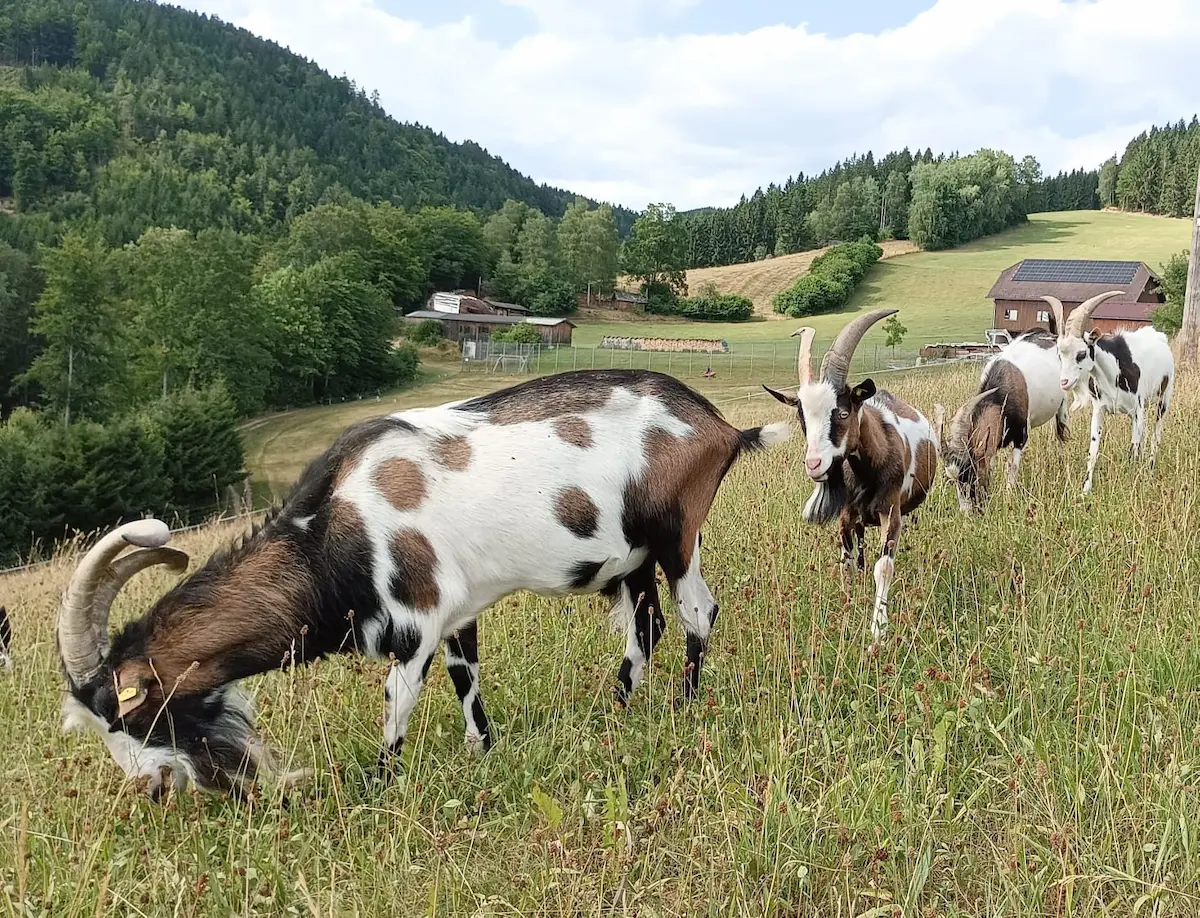
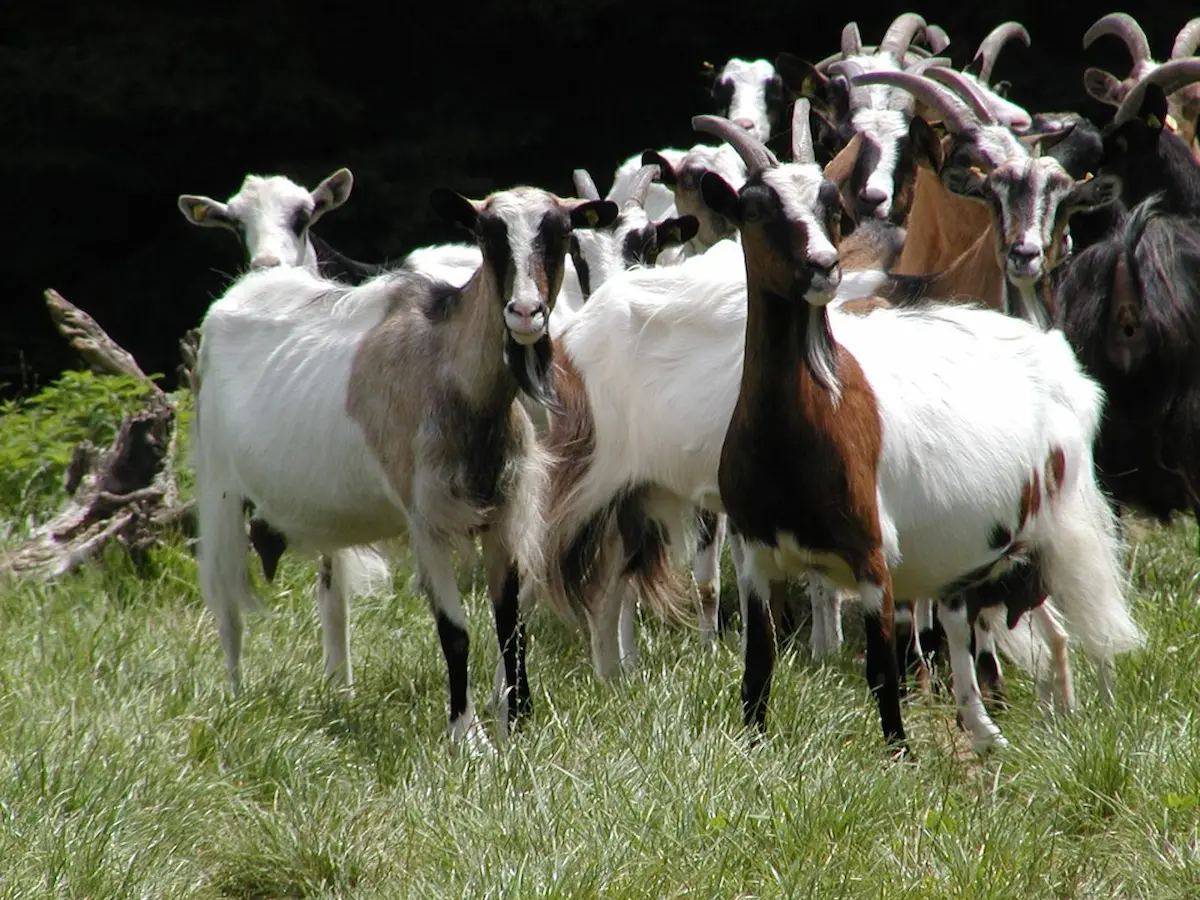
In breeding, the aim is to obtain a fertile, resistant and long-lived goat with high profitability due to high rearing performance and good maternal characteristics. They should also be sure-footed.
As the demand for goat's milk products has been steadily increasing in recent years and the breed has a high milk yield and quality, more and more breeders are opting to keep the typical Styrian goat. This is also because it is suitable for extensive husbandry in all forms of grazing and, as a ‘landscape guardian’, helps to protect open areas from scrub encroachment or forestation by grazing growing shrubs and trees.
Text: Peter Grett
Pictures:
Lead picture Scheckenziege: Photo Luttenberger
Pictures in the text:
Apple and apple brandy: Manufaktur Gölles
Sulmtaler rooster and hens: Mittmannsgruber
Altsteirer rooster: Stanek
Pictures Krainer Steinschafe: Barbara Soritz
Pied goat 1: Steirischer Schaf- und Ziegenzuchtverband eGen
Pied goat 2 + 3: Hubert and Regina Mittmannsgruber
Contacts:
ARCHE Austria - Verein zur Erhaltung seltener Nutztierrassen
Scheffau 25a
5440 Scheffau am Tennengebirge
Postal address:
Pfaffenriederstraße 234563 Micheldorf
Tel: 0664/5192286
E-Mail: office@arche-austria.at
Contacts:
ARCHE Austria - Verein zur Erhaltung seltener Nutztierrassen
Scheffau 25a5440 Scheffau am Tennengebirge
Postal address:Pfaffenriederstraße 234563 Micheldorf
Tel: 0664/5192286
E-Mail: office@arche-austria.at
Arche Noah - Association for the preservation, propagation and development of endangered crop varieties
Obere Straße 40
3553 Schiltern
Tel: +43 (0)2734 / 8626
E-Mail: info@arche-noah.at

